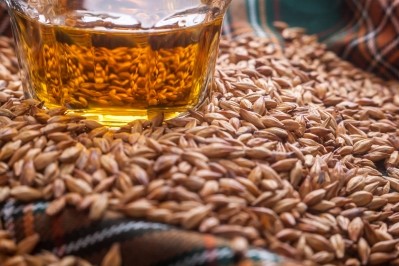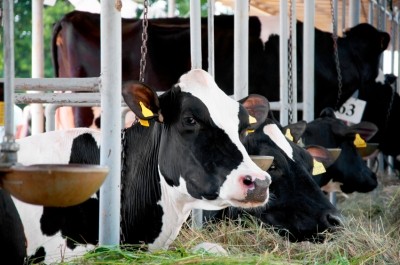REPORTS FROM IPPE 2016
Studies on methionine, MCFAs, and corn distillers’ oil pigment spark debate
We spoke to Dr Justin Fowler, extension poultry nutritionist at the University of Georgia, who gave us a debriefing after he chaired a metabolism and nutrition session during the two-day forum.
He highlighted various papers which generated the greatest number of questions on the day from the attendees and studies that were relevant to his own line of work.
“The three talks together on medium chain fatty acids (MCFAs) as a potential to reduce the use of AGPs to control microbes and disease garnered what seemed the most interest from the audience.
For me personally, mainly for my line of research and for my background, Evonik had a presenter comparing L and DL methionine and the relative efficiencies for the bird [that I found interesting],” said Fowler.
He also noted a study looking at the use of corn oil from the distilling process as an alternative source for the skin pigmentation and, eventually, perhaps egg pigmentation in birds.
Methionine conversion
In terms of the findings of the Evonik led study, the University of Georgia expert said the theory is that if by feeding purely L methionine, production might be more efficient rather than feeding a blend of L and D methionine and force the bird to do the conversion; there has been some intense industry debate around this. “The data presented by the authors showed that they are pretty much equivalent and that we can rely on the bird to do that conversion for us and we don’t have to provide them 100% L source of methionine,” he said.
The research presented by a team from North Carolina State University investigated corn distillers’ solubles oil (CDSO), a co-product of the corn ethanol distillers process, for variability in quality and content of carotenoids in the oil produced by different ethanol plants; the team also tried to determine the carotenoid bioavailability based on skin pigmentation in broilers. Their results showed that though total carotenoid content of CDSO varies among ethanol plants, the bioavailability of CDSO carotenoids is similar to commercial marigold pigment products based on yellow skin pigmentation. “It would definitely be a sustainable process,” said Fowler.
Antibiotic resistance
The line of the conclusions on the research paper led by Nuscience on the use of a balanced mixture of MCFAs in broiler feed was that this would reduce antibiotic resistance. However, Fowler summarized the reaction from the audience to the study as the following: “We may reduce use of antibiotics but we haven’t changed the resistance to antibiotics or reduced it and then we be may introducing a new mechanism of action that the bacteria will just learn and evolve to build up resistance to this medium chain fatty acid product.”
All the abstracts from the Dr Justin Fowler chaired Metabolism and Nutrition IV session of the International Poultry Scientific Forum 2016 can be accessed here.















